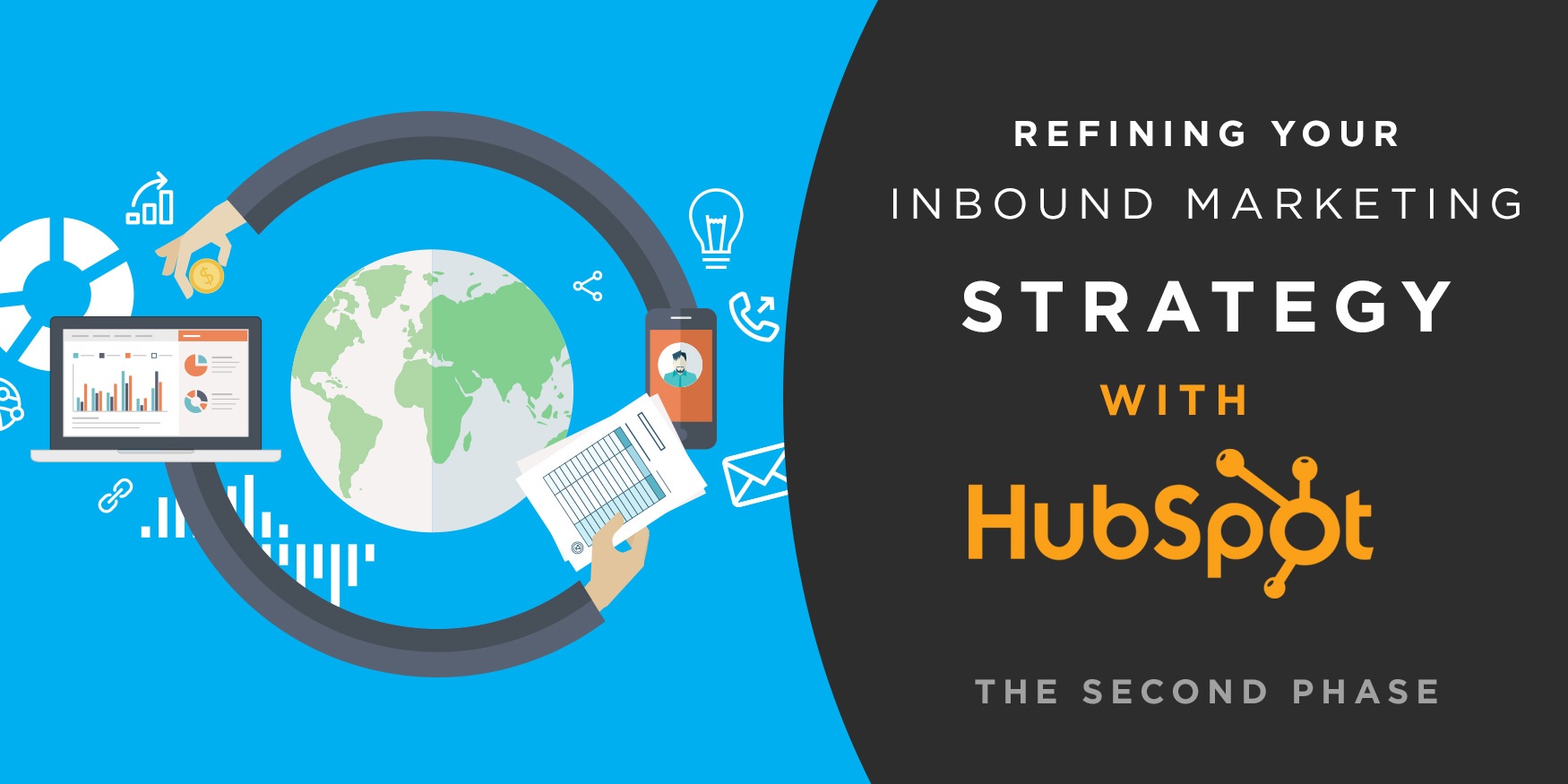 There’s a lot to take in when using HubSpot for the first time. Its potent platform offers a lot of tools that allow for a seamless integration of your inbound marketing strategy.
There’s a lot to take in when using HubSpot for the first time. Its potent platform offers a lot of tools that allow for a seamless integration of your inbound marketing strategy.
If you’re just in the initial stages of utilizing HubSpot, check out this post which offers a how-to for the initial stages of implementation; what we call the “crawling” stage. In this post we focus on next steps, the “standing up” phase.
Analyze
Before you can walk, you need to learn to stand up. This is the stage you come to after a few months into your HubSpot inbound marketing campaign. As a marketing veteran, you know it takes time to craft and execute a strategy. Just like a baby needs to fall before they master standing up; you may find your campaign needs help to gain traction.
This fine tuning stage is about seeing how all your moving parts integrate together. By now, you have devised and implemented your Inbound Marketing strategy. You’ve developed content, including blog posts, content offers, email and social. You have built landing pages for your Calls to Action(CTA’s). You’ve utilized the HubSpot calendar to manage your campaign across all your platforms. Now, it’s time to analyze results.
This is especially crucial if you've been using HubSpot and have not seen the conversions that you anticipated. A good place to start your analysis is the Campaigns Dashboard.
From there, you can go deeper into landing page and CTA performance. You can also analyze blog and social post performance and see which posts had the highest views and interactions and consider publishing more posts around the popular topics. For a step by step tutorial on how to analyze a campaign, check out this link.
Keyword Performance
You also want to look at how well your keywords are performing. Look for keyword ranking opportunities on the keywords dashboard. The ranking opportunities demonstrate keywords that your company can rank for if you consistently publish content around that particular keyword. Looking for ranking opportunities can create a quick spike in your site traffic. Refer to this guide to learn how to best utilize the HubSpot keywords dashboard.
Checking Out the Competition
Keeping track of your competitors and how their sites measure up to yours can be valuable. Using HubSpot’s Competitor’s report, you can monitor and compare your site against theirs based on a number of factors including an overall marketing grade, traffic rank, Indexed pages as well as Twitter Followers and Facebook Fans. Here is HubSpot’s guide on how to work with this tool.
These are only some of the tools that HubSpot offers you to help you achieve better results with your Inbound Marketing Strategy. Consider running A/B tests (only available to HubSpot Enterprise users) on landing pages and emails that allow you to test elements of your campaigns against other alternatives to see which one performs best.
The key here is to analyze! It is easy to get caught up in trying new strategies and forget to go back and check results of the actions you’ve taken. There's a lot of insight in the data HubSpot provides. By leveraging all of the tools HubSpot offers, you can make your Inbound Marketing efforts soar!

